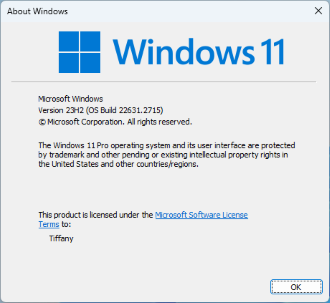Batch File Command Wiki
Posted By admin On 21/04/18In Windows NT (XP, Vista, 7, 8, 10.) one is able to write batch files that are interpreted by the Command Prompt (cmd.exe). They can be used to automate file-system tasks such as backups or basic installations and can be used with other command-line utilities as well. The batch files can be considered to be a simple scripting language with logic and jumps. The advantages of using batch files are the ease of writing them, the ability to edit the files without compiling anything, their cross-compatibility across Windows NT Operating Systems and their inherent ability to manipulate file systems due to their basis on MS-DOS. Batch file scripts are not case-sensitive, although strings and data are.
The file is controlled by a list of commands separated into lines which are run like normal commands would be at the Command Prompt, although some functionality is different. Batch files can be run from Windows Explorer but the console used to display them closes automatically at the end of the batch file, so a command at the end that prevents instantaneous exit is needed for any remaining output to be read before the console window closes.

Although the batch files are able to manipulate their environment, such as color settings and environment variables, the changes are all temporary, as in a standard Command Prompt session. Color settings, however, are retained on later editions of Windows NT.
Running the command vlc --help. Will create a.TXT file containing all the command-line options. You can also use this to get more exhaustive list: vlc -H. If you look for help, on a particular module, you can also use vlc -p module --advanced. To view this without leaving the command-line in Windows, use.
Contoh Program Dengan Visual Foxpro 9 here. In order to try to learn about batch files, it is useful to understand Command Prompt commands. Contents • • • • • • • • • • • • • • • • Batch File [ ] The script is kept inside a batch file, with the extension.bat or.cmd.
Although.bat is more recognisable, as it was used in the MS-DOS environment that preceded the Command Prompt, the Command Prompt's interpretations of batch files is very different to the manner of interpreting DOS batch files, and.cmd files are only interpreted by the Command Prompt, so using the.cmd extension prevents mis-use in older environments. Execution starts at the top of the file and ends at the end.